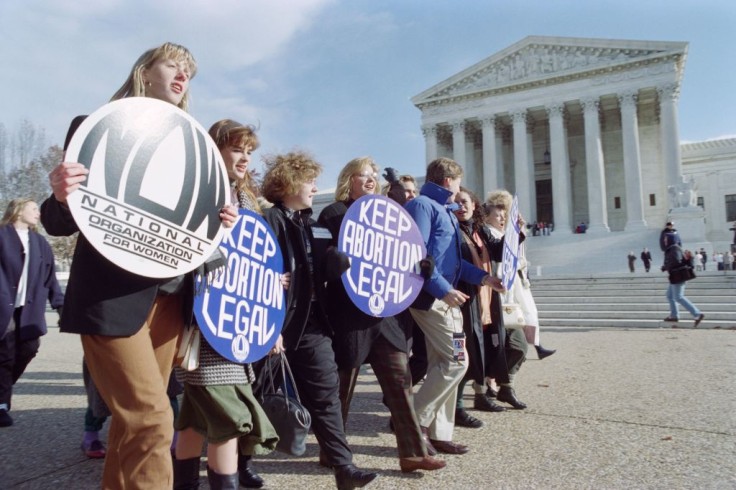
Ohio's contentious Issue 1 faced defeat, altering the landscape for reproductive rights in the state. The outcome of this heated race has implications for the upcoming November ballot, where the fight to enshrine abortion rights in the state constitution continues.
Advocates and opponents alike poured significant resources into the campaign, turning an otherwise unremarkable late-summer off-year special election into a high-stakes showdown.
Issue 1's Defeat Shifts Dynamics for Abortion Rights
NBC News reported that reproductive rights advocates in Ohio have been engaged in a fierce struggle over Issue 1, a proposed amendment that has the potential to impact the upcoming November election.
This amendment was positioned as a countermeasure to Ohio's "heartbeat bill," which imposed stringent restrictions on abortion post-Roe v. Wade. The defeat of Issue 1 now has major implications for the fight to secure abortion rights in the state constitution.
The defeat of Issue 1 marks a significant victory for abortion-rights groups, which have seen success in all seven states where abortion rights were at stake since the Roe v. Wade ruling was overturned.
One key aspect of the Issue 1 debate was the proposed shift in the constitutional amendment process. For over a century, Ohio's state law required a simple majority to pass constitutional amendments. Issue 1 sought to establish a 60% threshold for passing such amendments, a change that garnered opposition from various quarters.
The defeat of this measure maintains the existing requirement for a simple majority, making the path to amending the constitution potentially less arduous.
According to the Associated Press, Dennis Willard, the representative for the opposing group One Person, One Vote, described Issue 1 as a misleading attempt to seize control, aimed at weakening the influence of Ohio's electorate.
Addressing an exultant audience at the opposition campaign's gathering, Willard proclaimed, This evening marks a significant achievement for Ohio's democratic principles. The voice of the majority remains paramount in the state.
Read Also: Florida Amusement Park Horror: Six-Year-Old Injured After Roller Coaster Fall at Fun Spot
The Influence of Political Timing
The timing of the August election raised eyebrows and led to accusations of political maneuvering. Initially, Ohio Republicans eliminated the August special elections, citing cost and low turnout as reasons. However, as the November election drew closer, Republicans changed their stance and scheduled the contentious August race.
A video of Republican Secretary of State Frank LaRose acknowledging the election's purpose further fueled claims that the timing was aimed at derailing a pro-abortion constitutional amendment.
As per USA Today, Issue 1's failure has immediate implications for the upcoming November ballot. The defeat means that a proposed amendment enshrining abortion rights will require only a simple majority to be included in the state constitution.
This change in dynamics could significantly impact the chances of the amendment's success. While public polling indicates strong support for including abortion rights in the state constitution, it falls just short of the proposed 60% threshold.
The defeat of this measure sets the stage for a consequential November ballot, where Ohioans will have the opportunity to shape the state's stance on abortion rights through a simpler constitutional amendment process.
As the nation watches, the outcome will undoubtedly have far-reaching implications for Ohio's reproductive rights landscape.